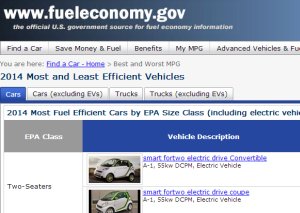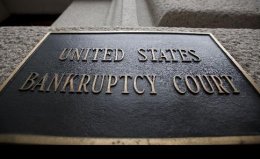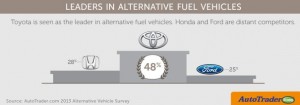 Oil and gas fields in North America are getting a lot of attention this year as a source for more transportation fuel – keeping gasoline and natural gas prices down and reducing imports of foreign oil. It’s Here’s the latest news and market trends to follow on where all this appears to be heading……
Oil and gas fields in North America are getting a lot of attention this year as a source for more transportation fuel – keeping gasoline and natural gas prices down and reducing imports of foreign oil. It’s Here’s the latest news and market trends to follow on where all this appears to be heading……
- The US company credited with combining horizontal drilling and hydraulic fracturing (fracking) – which is thought to have unleased the current energy boom in North America – just made the largest US oil and gas industry transaction for the year. Devon Energy Corp. has acquired GeoSouthern Energy’s assents in Eagle Ford Shale, a prolific oilfield in South Texas. The $6 billion cash acquisition brings in 53,000 barrels of oil equivalent per day and 82,000 net acres with at least 1,200 undrilled locations. Those reserves may have as much as 400 million barrels of oil equivalent. About 10 years ago, Devon acquired Barnett Shale in Texas, which is credited for helping create a nationwide glut of natural gas – keeping the prices down.
- The US is poised to become one of the leading sources for natural gas exports overseas. Under the current US regulatory structure, natural gas has to be converted to its liquid form and loaded into tanker ships. That means building liquefied natural gas (LNG) terminals that are expensive (about $5 billion per export facility), controversial, and difficult to get approved by the US Dept. of Energy and Federal Energy Regulatory Commission.
- California Gov. Jerry Brown is getting heckled by environmentalists for permitting fracking in the state. Brown is credited for being stringent on renewable energy powering electricity in the state and for supporting alternative fuel vehicles and electric vehicle charging stations. He’s also been criticized for signing a bill into law this fall that will oversee fracking operations. Senate Bill 4 requires oil producers to notify people leaving near wells, conduct groundwater monitoring, and providing more disclosure on chemicals used in fracking. Environmental groups want to see fracking stopped altogether and say that the bill is way too lenient. Several other states are seeing similar political and litigious battles being fought over fracking, while the federal government is keeping a low profile on it for now.
- OPEC’s power over oil prices is diminishing. With huge growth in US shale and Canadian oil supply – and the easing of sanctions on Iran – analysts think there will be a sizable boost to global output. The OPEC cartel of Middle Eastern, Latin American, and African oil producing nations, are worried that the profit margins won’t be as good as they were in years past. While meeting last week in Vienna, they decided to maintain their 30 million barrels per day production volume at least through May of next year.




